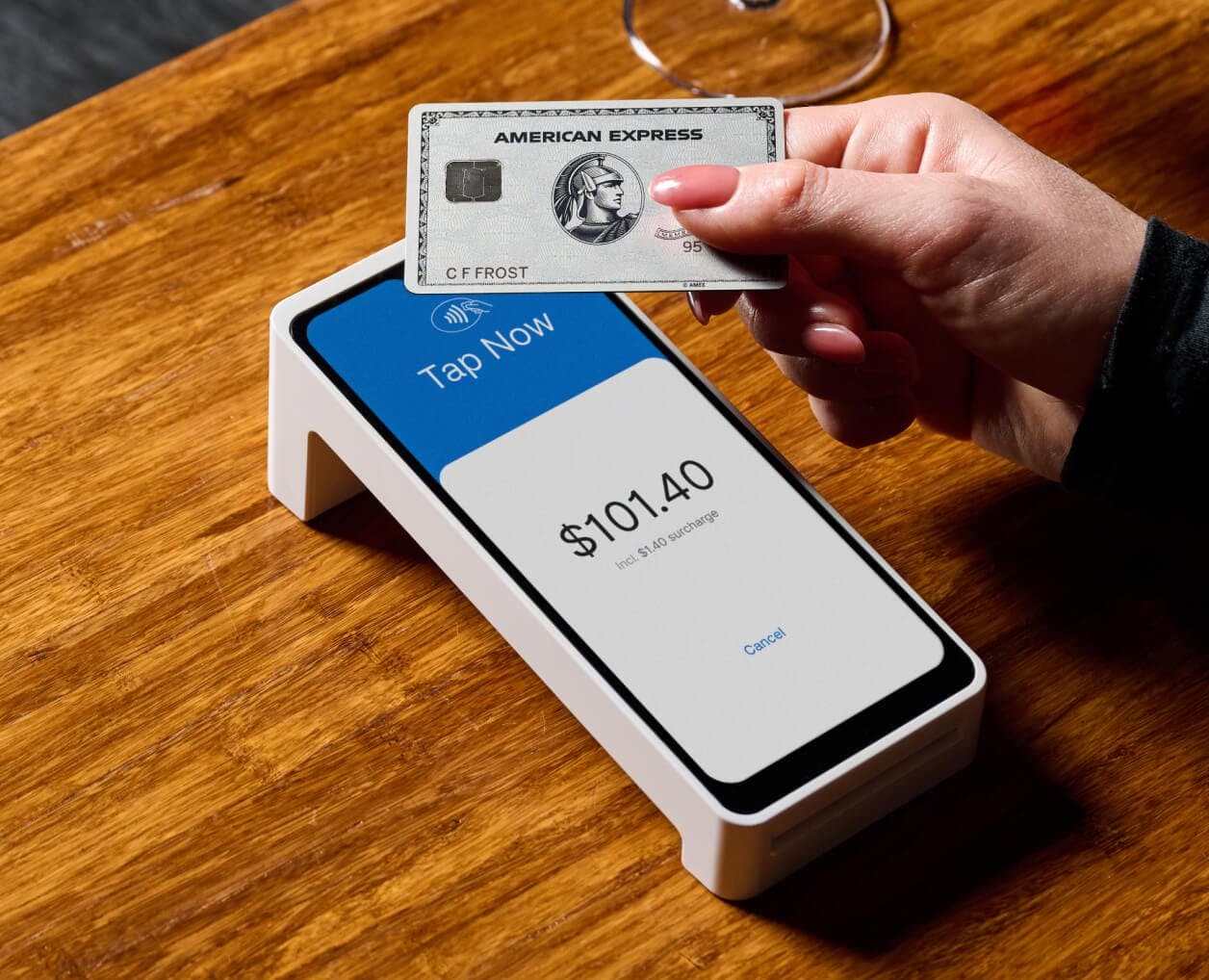
- Business Growth & Optimisation
Strategies to Increase Donations for Not-for-Profits
Engage your community and reach more potential donors.
Are you trying to get donations for a not-for-profit organisation? It can feel difficult to begin to gain traction with any new fundraising endeavour, yet increasing donations for your organisation doesn’t have to be a daunting task.
There are several strategies you can employ to increase donation efficiency. Keep reading to discover six of the most effective actions you can take today to help you grab the attention of donors and make it easy for them to donate.
1. Make your mission clear
Studies show that before a person donates to a not-for-profit, the most important piece of information they want to know is the type of work that the organisation does — and how that work is done.
Nielsen Norman Group, a global UX research and consulting firm, recently conducted a study into the usability of not-for-profit organisations’ websites and found that it takes a website visitor six minutes to find information about an organisation’s purpose, on average. This is far too long. If a visitor can’t work out exactly what it is your organisation does, they are likely to leave your website.
To encourage web visitors to donate, make sure you clearly and concisely explain your organisation's goals and objectives in a visible space on your website. This simple fix is enough to convince more visitors, who align with your mission, to make a donation.
2. Accept cashless donations
When it comes to digital payments, Australians are leading the pack. Unfortunately, this shift is making in-person donation drives a more difficult task than ever before. If you have the ability to accept cashless donations, your chances of success significantly increase.
Fewer and fewer Australians are carrying cash these days.
The ability to offer potential donors a cashless donation solution can benefit your organisation in several ways.
Reduced admin. Accepting donations via an EFTPOS terminal removes the need for follow-up invoices or phone calls.
More opportunity. When you have a portable EFTPOS machine on hand, potential donors aren’t limited by the amount of cash in their wallet and can give more generously.
Quicker cash flow. Payments accepted via Zeller Terminal are processed in seconds, and the funds are swept to your Zeller Transaction Account overnight for immediate spending.
Reduced admin costs. Fewer cash donations means fewer trips to the bank, less data entry, and less paperwork.
Access to a wider pool of donors. Your youngest donors, those in Generation Z, are used to paying for things with a smartphone, wrist watch or even a ring. If your organisation doesn’t have the ability to accept their chosen payment method, you’re missing out on a big pool of potential donors.
There is untapped potential for not-for-profit organisations to grow their donations with quick and seamless cashless payment methods. As cash use continues to decline, it will become a necessity.
If you run a charity or not-for-profit organisation, now’s the time to implement your cashless donation solution.
Ready to get started with Zeller?
Sign up for free3. Fix your website design
Unless your fundraising efforts are entirely in-person, your nonprofit’s website is likely a cornerstone of your fundraising efforts. It’s where many donors will first discover your organisation. It’s also where many will make their donation.
Is your organisation’s website design making it difficult for supporters to donate, or know what other actions they could take to otherwise support the organisation’s mission? Good website design is crucial to ensure it’s as easy as possible for donors to make contributions.
When someone comes to your website to donate, they want to be able to do so quickly and without trouble. Would-be donors shouldn’t have to explore multiple pages of your website to find the Donate button — it should be right there, on your homepage.
Make sure that a donation call to action is visible on every page of your website, using clear and concise wording and an eye catching colour. When a donor clicks the button, they should be taken through a frictionless donation process.
You could also consider adding social sharing buttons that make it easy for supporters to distribute the content on your website across their own social media accounts. This helps to spread awareness of your organisation and its mission.
Finally, your website should work perfectly on every device. It must be optimised for both traditional desktop and laptop use, as well as mobile devices, to enable visitors to make donations conveniently.
4. Engage your community
There is a consistent downward trend in the number of Australians making charitable donations. However, even though a smaller proportion of Australians are giving, the good news is that those who do donate are giving larger amounts.
In an effort to increase ongoing donations, it makes sense to regularly engage with your past donors. For example, your organisation could do this by:
publishing a community newsletter
sending personalised thank you cards to long-term donors
remind previous donors to get their donations in before tax time
posting a shoutout on social media to your longest-standing donors.
Don’t forget that the key to reminding supporters that their donation is valuable is by keeping them updated on how your organisation is tracking towards its goals. You can do this by celebrating milestones with your donors. After all, humans want to know their efforts are appreciated and effective.
5. Use social media
Social media has become a popular online fundraising tactic due to the sheer reach the various platforms offer. More than 3.5 billion people use social media across the globe — that’s a lot of potential donors.
Make sure you understand the different ways to target potential donors on the social media platforms your organisation uses. Knowing how to use social media platforms best will enable you to get your organisation’s message in front of the right people.
Facebook, for example, enables its users to create ad campaigns targeted to people in a specific area, or of a particular demographic, or who have specific interests. Plus, there’s even a “Donate Now” button you can have appear on your ads and profile — to make it even easier for supporters to donate.
On Instagram, you can add a URL to your bio that will take your followers directly to your organisation’s website. Add a short explanation of your organisation’s mission, or a fundraising target, to encourage more followers to donate.
No matter which platform you choose, social media makes it very easy to get the word out about your cause, why you're fundraising, and the impact your organisation is making to get others excited about becoming involved.
6. Send a letter
Now, the idea of putting pen to paper may seem a little old-school for some. However, appeal letters don’t need to be sent out to each and every donor and potential donor in your database. Instead, use direct mail as a way to reach out to major donors, loyal supporters and businesses whose mission aligns with yours.
A physical letter lends a certain formality to a donation ask, a factor that is important when seeking a sizeable donation from either an individual or a business. Direct mail gives you the opportunity to lay out the projects your organisation hopes to complete, in detail. You can also include specific instructions to enable recipients to take the next step and donate.
Fundraising is tough. However, it’s necessary to deliver the critical donations and contributions required to keep your organisation running. While it’s true that what might work for one organisation might not work for another, one thing is clear: cash is rarely carried these days.
In order to grow donations, your organisation must be able to accept every potential donor’s chosen method of donation — whether that’s credit or debit card, or via a smart device. For that, you need an EFTPOS terminal.



